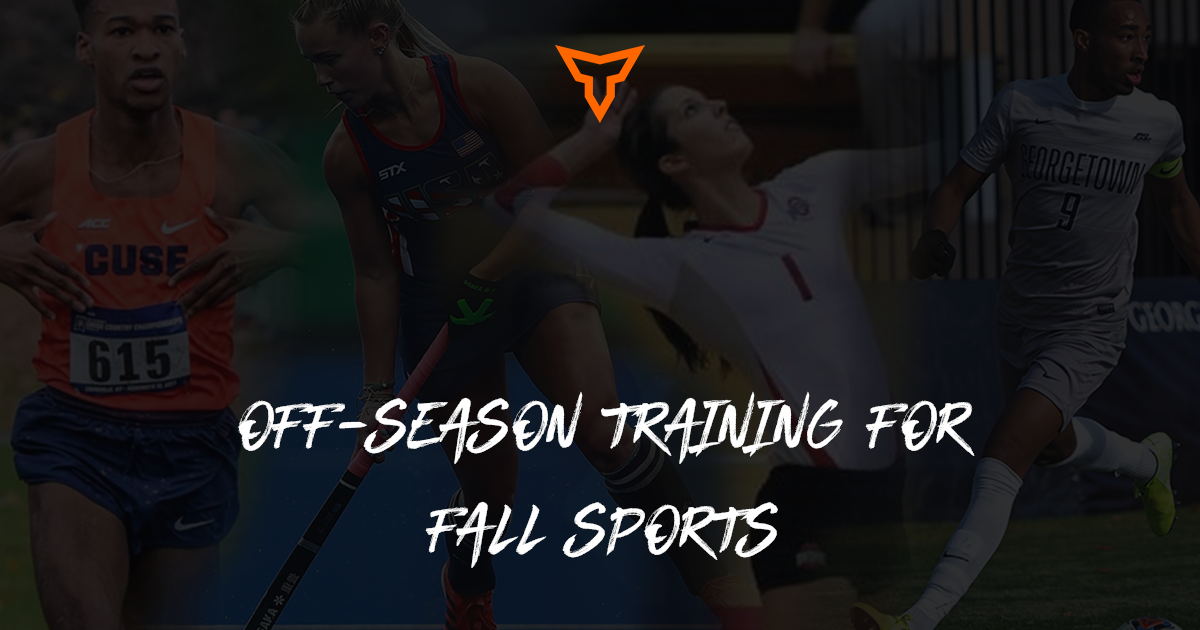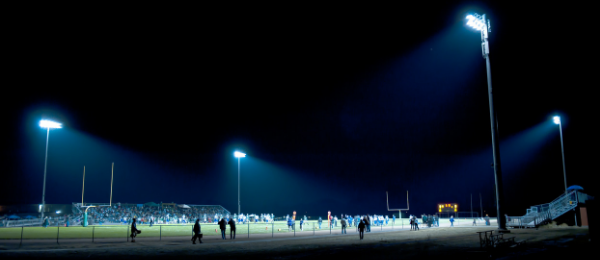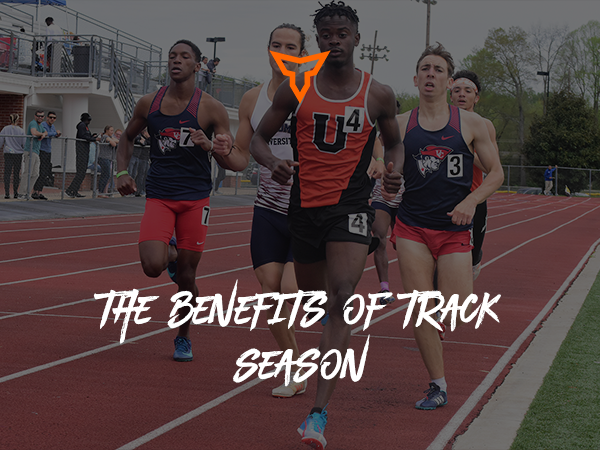Compound Training for the Off Season Athlete
This article is a follow-up to Compound Training for the Year-Round Athlete, where we discussed the complications of programming for athletes who are nearly always in season playing their sport competitively year-round.
That article was focused on adjusting the mindset of in-season training and how to get more bang for your buck out of those limited (in frequency and duration) training sessions, where we have minimal energy expenditure to play with.
This article is aimed at the opposite time frame on that chart; the 1-2 months they may have for an off-season of sorts. How can we address all the components of off-season training in such a shortened time frame?
Assuming your athlete is coming off the peak of a long and intense season, the first step of post-season is always going to start with rest. That may be different for every athlete, but regardless of how little time you may have in that postseason, rest isn’t just for the body but the mind too, making it an essential starting point. This is your time to recover, rebuild, and set the foundation for the off-season building to come (hypertrophy). After resting, it’s always suggested to spend some time reestablishing joint stability, developing work capacity, and reassessing what imbalances need some extra TLC. You set your athlete up for success in terms of how productive their off-season will be.
Assuming the rest of this “off-season” is fairly short ( 3-8 weeks is what we typically see), we turn to a hybrid approach to address the other needs, such as:
- Building strength
- Increasing power output
- Getting faster
- Becoming more efficient with COD (acceleration/deceleration/multiplanar work)
This is where complex training can be handy, combining activation drills, isometrics, and high-load resistance exercises with biomechanically similar plyometrics or explosive work. The basis of complex training is the acute aftereffect known as post-activation performance enhancement (PAPE). PAPE results from changes in the neuromuscular system, including increased motor unit recruitment, improved muscle coordination, and altered muscle metabolism. Elevated temperature, increased blood flow, changes in the CNS, and increased tendon stiffness can all contribute to PAPE as complex training is implemented.
By combining loaded exercises with more dynamic movements, we can work to increase strength while immediately introducing explosive variations of the movement that help the athlete make the mind-body connection to translation to sport and overall power production. Typically, we see more advanced athletes pick up the dynamic movement more naturally, really allowing them to open up in speed.
If we go back and look at some of our main “needs for out of season training,” we can now address all or most of these main needs in one training session and stack variety to address these in all of the predominant planes of motion for their sport. Meaning our acceleration, deceleration, and COD work can also be implemented into this complex training cycle as compounds.
Here is a breakdown of some various exercises that we use as complex training compounds based on their sport needs:
Wrestling:
Zercher squats followed by kneeling jumps- while zercher squats are a natural choice for wrestlers in their postural needs, the kneeling jump provides a quick-twitch hip extension drill that could also be reactive in nature, depending on how you program it.
Hockey:
Split Squats followed by hockey bounds- split squats could be an isometric or for low reps (or both) based on where you are in the off-season, following this with bounding, resisted or not, allows the athlete to convert single-leg strength into single-leg power output in any number of planes. Based on how you do your bounding, this could either serve as an acceleration and deceleration drill based on the given intent.
Lacrosse:
Push up hold, DB press, Med ball lying chest pass with partner drop. Upper body acceleration is just as important in many sports. By following a heavy press with an explosive medball pass, we are working on decelerating and accelerating for the upper body output drill.
Swimming:
Pull-ups (hangs, reps, eccentrics) followed by ski erg sprint. We often make the ski erg a competitive power output drill by giving a metric to meet in a given time. By working on the commonly used lats in a strength movement and following it with this explosive output measure our swimming athletes can also simulate an accelerating force production.
Soccer:
RDLs and Primetime runs. Working to strengthen the hamstrings for our soccer players, but following it with a hamstring-focused dynamic movement allows them to again make that mind-body connection of activating and utilizing these muscles on the pitch.
Of course, these combinations can cross over to any number of sports, and the ways these can be put together are endless, but the concept is consistent. Coaches should consider rest and athletes' capabilities always. Entire cycles utilizing the complex training and PAPE aftereffects can cover a lot of ground for athletes, especially those not getting all these needs addressed at other times of the year. We want to check preseason boxes of generating force and power, but still spend our out-of-season time getting stronger. Finding ways to do both helps us maximize this all too short period we get with most of our athletes.
This same concept can be utilized in in-season microcycles. Have a random 2-week break in-season? Have Holiday time off? Have a series of very easy games going on? Get strength work in while keeping athletes explosive and primed for competitive play with a microcycle of complex training.
References:
https://www.mdpi.com/2076-3417/14/21/9664
https://pubmed.ncbi.nlm.nih.gov/30580468/
Subscribe to our blog
Subscribe to receive the latest blog posts to your inbox every week.
Related posts

Off-Season Training for Fall Sports

Your Team Has Had a Long Season. Now What?
